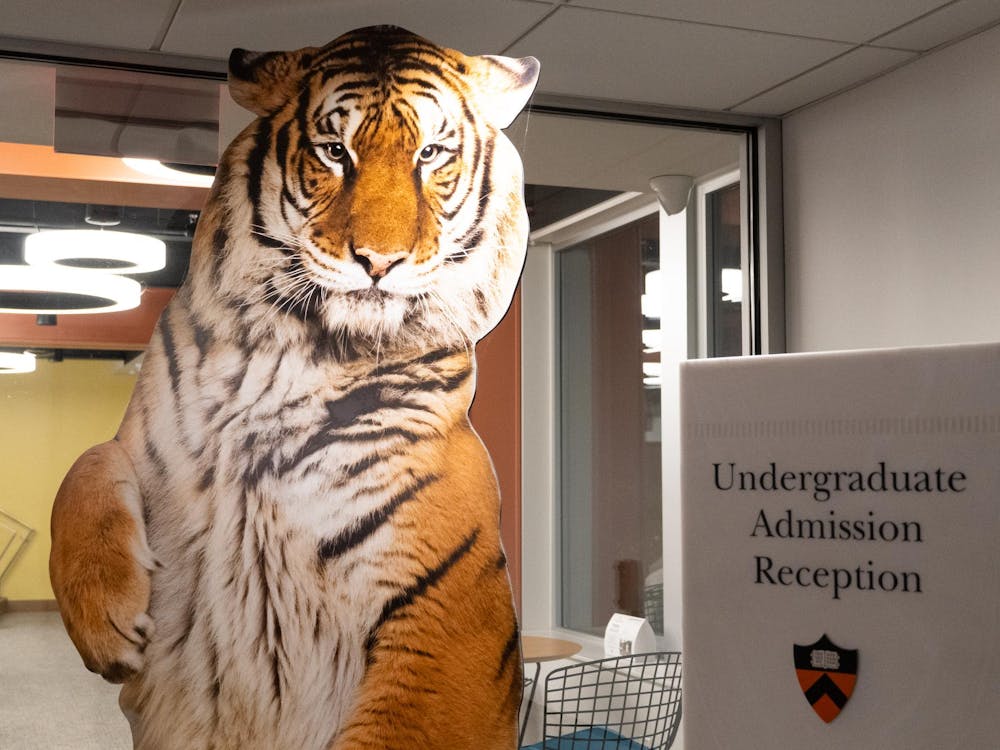An expert in genomics and genetics with a Ph.D. in Biochemistry, Tilghman came to the University faculty in 1986 after a storied research career. While working as a postdoctoral fellow at the National Institutes of Health in the 1970s, Tilghman worked on the team that cloned the first mammalian gene.
Tilghman’s intimate knowledge of the scientific community served her well in her tenure as president, as the University moved forward on a number of science-related initiatives.
Tilghman oversaw the official launch of the Princeton Neuroscience Institute in 2006, as well as the creation of the Princeton Environmental Institute’s Grand Challenges Program in 2007 to address major issues such as climate change. She also presided over the founding of the Andlinger Center for Energy and the Environment in 2008 and the movement of the Department of Chemistry to the new Frick Chemistry Laboratory in 2010.
“She has set Princeton up for the sciences of the future,” chemistry department chair David MacMillan said. “She recognizes that science is always evolving, and being at the forefront requires management.”
Department of Molecular Biology chair Lynn Enquist said it has been helpful to work with a president who understands the intricacies of science.
“Initiatives like the Neuroscience Institute would not be as far down the track, as they are without Shirley’s support and understanding,” said Enquist, who first worked with Tilghman in the 1970s when they were both postdocs at the NIH.
Tilghman worked to recruit both established scientists and emerging researchers to the University.
Enquist said Tilghman was instrumental in attracting David Botstein, a renowned geneticist from Stanford, in 2003 to become director of the Lewis-Sigler Institute for Integrative Genomics after she left the same post to become University president.
Botstein pioneered several advancements in genomic technology, including a now widely used method for creating genetic linkage maps using restriction fragment length polymorphisms. He and Tilghman first met while serving together on the Alberts Committee, a National Research Council committee that advised the United States’ work on the Human Genome Project.
Tilghman also supported Botstein’s Integrated Science Curriculum, an option for undergraduate students interested in science. Botstein could not be reached for comment.
Besides attracting big names like Botstein, Tilghman has also focused on bringing in younger scientists who are emerging stars in their fields.
“She always cared about bringing in as many new assistant professors as she could,” MacMillan said. “She understood that you have got to have established professors, but you always need completely new ideas.”

University of Pennsylvania President Amy Gutmann, who served as University provost from 2001 to 2004, said that Tilghman’s science background influenced but did not dominate her work as president.
“Being a woman scientist made her an even better president,” Gutmann said. “She championed the progress of women in leadership and was a great spokesperson for her field, but she never subordinated making Princeton better to who she was.”
Enquist noted that Tilghman had always been exceptionally fair in her dealings with faculty from all departments.
“We never felt that we had a special “in” with her, just that we had a president who could understand both sides,” Enquist said.
Despite her focus on administration and research as president, Tilghman has remained personally focused on undergraduate education. She has advised undergraduate independent work and taught undergraduate classes, including freshman seminars on biology and bioethics and a three-week module on human development in MOL 214: Introduction to Molecular Biology. She currently co-teaches a seminar, WWS 354: Modern Genetics and Public Policy, with history and Wilson School professor Keith Wailoo.
Enquist said that while no plans had been made for Tilghman to return to the molecular biology department, the faculty would “love to have her back.”







